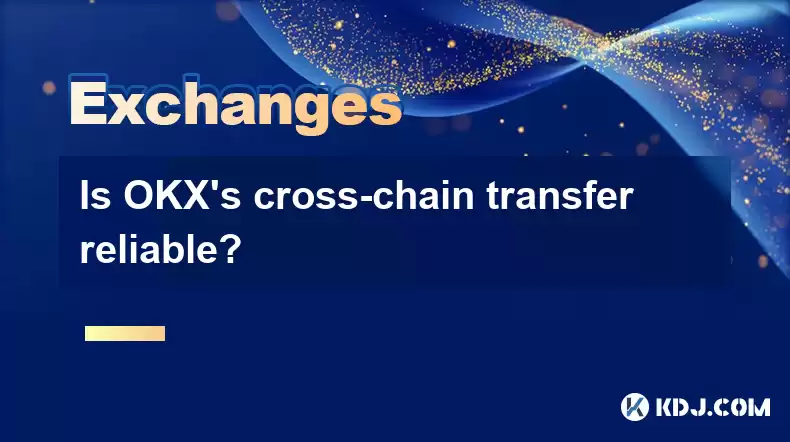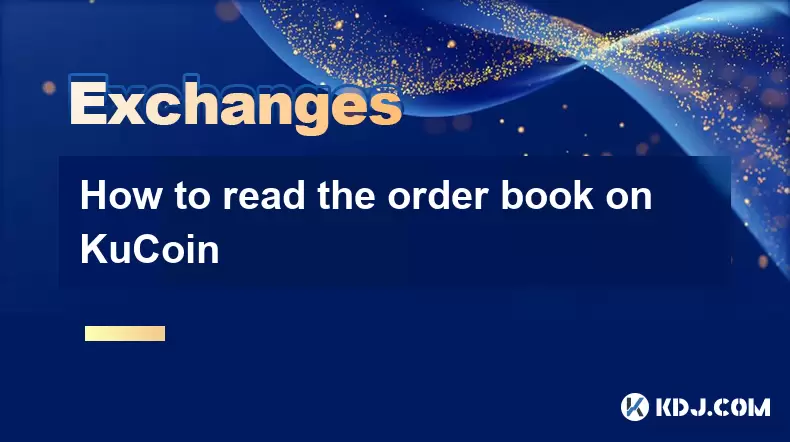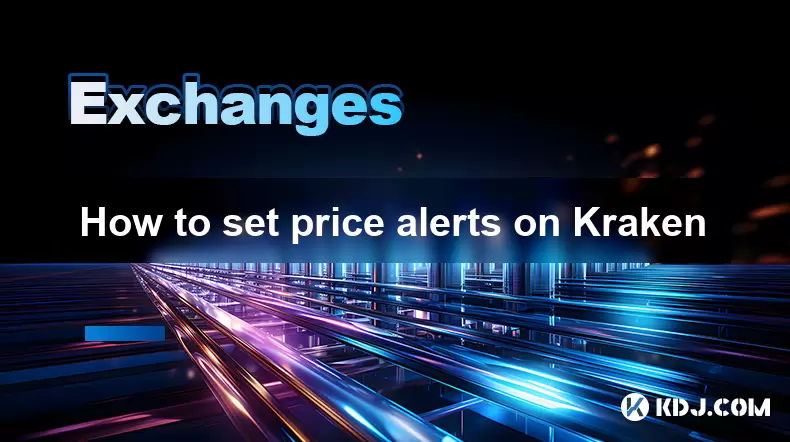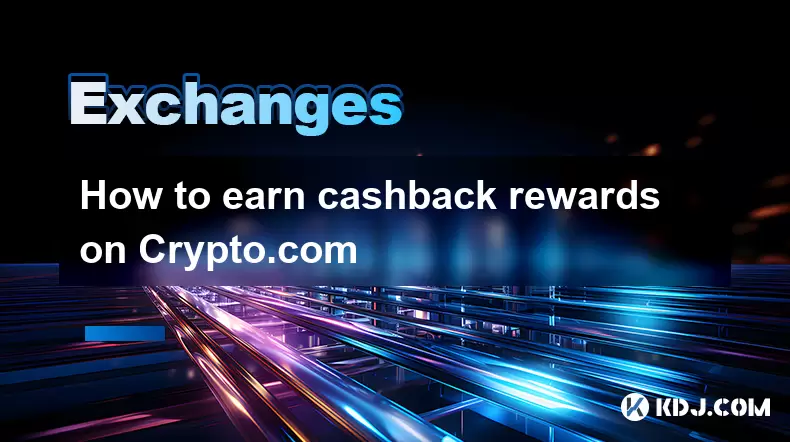-
 Bitcoin
Bitcoin $119000
-2.21% -
 Ethereum
Ethereum $4315
1.01% -
 XRP
XRP $3.151
-3.11% -
 Tether USDt
Tether USDt $0.0000
0.00% -
 BNB
BNB $808.5
-0.71% -
 Solana
Solana $175.8
-4.21% -
 USDC
USDC $0.9999
0.00% -
 Dogecoin
Dogecoin $0.2250
-3.92% -
 TRON
TRON $0.3469
1.77% -
 Cardano
Cardano $0.7818
-3.81% -
 Chainlink
Chainlink $21.47
-2.10% -
 Hyperliquid
Hyperliquid $43.30
-6.81% -
 Stellar
Stellar $0.4370
-2.84% -
 Sui
Sui $3.682
-4.40% -
 Bitcoin Cash
Bitcoin Cash $590.8
2.67% -
 Hedera
Hedera $0.2484
-5.20% -
 Ethena USDe
Ethena USDe $1.001
0.00% -
 Avalanche
Avalanche $23.10
-4.29% -
 Litecoin
Litecoin $119.2
-3.96% -
 Toncoin
Toncoin $3.409
0.90% -
 UNUS SED LEO
UNUS SED LEO $9.016
-1.29% -
 Shiba Inu
Shiba Inu $0.00001304
-3.82% -
 Uniswap
Uniswap $11.18
1.33% -
 Polkadot
Polkadot $3.913
-3.51% -
 Cronos
Cronos $0.1672
-3.08% -
 Dai
Dai $1.000
0.02% -
 Ethena
Ethena $0.7899
-4.70% -
 Bitget Token
Bitget Token $4.400
-1.23% -
 Pepe
Pepe $0.00001132
-5.93% -
 Monero
Monero $257.9
-6.44%
Is OKX's cross-chain transfer reliable?
OKX's cross-chain transfers, while facilitated by robust security, depend on blockchain stability and user practices. Network congestion and user error can cause delays or loss; strong passwords and 2FA are crucial.
Mar 17, 2025 at 03:50 am

Key Points:
- OKX's cross-chain transfer reliability depends on several factors, including the specific blockchains involved, network congestion, and the security practices of the user.
- While OKX employs robust security measures, inherent risks associated with cross-chain transfers persist.
- Understanding the process, potential pitfalls, and available support options is crucial for users.
- Users should always prioritize security best practices, including using strong passwords and enabling two-factor authentication.
Is OKX's Cross-Chain Transfer Reliable?
OKX, a prominent cryptocurrency exchange, offers cross-chain transfer services, allowing users to move cryptocurrencies between different blockchains. The reliability of these transfers is a key concern for users. Several factors contribute to the overall reliability, and it's not a simple yes or no answer. Understanding these factors is crucial before initiating any cross-chain transfer.
The reliability of any cross-chain transfer on OKX, or any exchange for that matter, is not solely dependent on the exchange itself. The underlying blockchain networks play a significant role. Network congestion on either the sending or receiving blockchain can cause delays or even failures in the transfer process. This is particularly true during periods of high transaction volume. OKX's role is to facilitate the transfer, but it cannot control the speed or reliability of the underlying blockchain.
Security is another critical factor influencing the reliability of OKX's cross-chain transfers. OKX implements various security measures to protect user assets during these transfers. These measures include robust encryption protocols and multi-signature wallets. However, no system is entirely impervious to attack. Users should always practice good security hygiene, such as using strong, unique passwords and enabling two-factor authentication (2FA). Phishing scams and malware remain significant threats, regardless of the exchange's security measures.
The specific cryptocurrencies involved also affect reliability. Some blockchains are more stable and reliable than others. A less established blockchain may experience more technical issues, potentially impacting the success of a cross-chain transfer. OKX typically supports a range of major and well-established blockchains, but users should always verify the compatibility and reliability of the specific cryptocurrencies they intend to transfer.
The complexity of cross-chain transfers also introduces potential points of failure. The process often involves multiple steps, each with its own potential for error. For instance, a failure to correctly enter the recipient's address can lead to irreversible loss of funds. Understanding the precise steps involved is paramount to a successful transfer.
OKX provides customer support to assist users with any issues encountered during cross-chain transfers. However, the response time and effectiveness of this support can vary. While OKX strives to provide timely and helpful assistance, users should be prepared for potential delays, especially during periods of high demand. Clearly understanding the support channels and expected response times is beneficial before initiating a transfer.
Step-by-Step Process (Illustrative):
- Initiate the Transfer: Access the cross-chain transfer feature on the OKX platform.
- Select Assets and Network: Choose the cryptocurrency you wish to transfer and the destination blockchain.
- Enter Recipient Address: Carefully enter the correct recipient address on the destination blockchain.
- Confirm the Transaction: Review all details before confirming the transaction.
- Monitor the Transaction: Track the progress of the transfer using the transaction ID provided.
Understanding the Fees:
Cross-chain transfers often involve fees, which can vary depending on several factors, including network congestion and the specific blockchains involved. These fees are typically charged by the underlying blockchain networks and not solely by OKX. Understanding these fees before initiating a transfer is crucial to avoid unexpected costs.
Potential Pitfalls:
- Incorrect Recipient Address: Entering an incorrect address can result in irreversible loss of funds.
- Network Congestion: High network traffic can cause delays or failed transactions.
- Security Breaches: Malicious actors could attempt to exploit vulnerabilities in the system.
- Incompatible Tokens: Not all tokens are compatible with all blockchains.
Common Questions:
Q: What happens if my cross-chain transfer fails?
A: If a transfer fails, contact OKX's customer support immediately. The resolution will depend on the cause of the failure. In some cases, the funds may be recoverable; in others, they may be lost.
Q: How long does a cross-chain transfer usually take?
A: The transfer time varies significantly depending on the blockchains involved and network congestion. It can range from a few minutes to several hours or even days.
Q: Are there any hidden fees associated with cross-chain transfers on OKX?
A: OKX typically displays all applicable fees upfront. However, it's crucial to review all charges before confirming the transaction. Remember that network fees are determined by the blockchain, not OKX.
Q: Is it safe to use OKX for cross-chain transfers?
A: OKX employs security measures, but cross-chain transfers inherently involve risks. Prioritizing strong security practices on your end is crucial.
Q: What should I do if I suspect a security breach during a cross-chain transfer?
A: Immediately contact OKX support and change your password. Consider reporting the incident to the relevant authorities.
Disclaimer:info@kdj.com
The information provided is not trading advice. kdj.com does not assume any responsibility for any investments made based on the information provided in this article. Cryptocurrencies are highly volatile and it is highly recommended that you invest with caution after thorough research!
If you believe that the content used on this website infringes your copyright, please contact us immediately (info@kdj.com) and we will delete it promptly.
- Arc Blockchain: Circle's Layer-1 Play Amidst $428 Million Loss
- 2025-08-12 20:30:13
- XRP Price: Riding the Bull Cycle Wave or Hitting a Wall?
- 2025-08-12 20:50:12
- Cloud Mining in 2025: Chasing Passive Income and High Returns
- 2025-08-12 20:30:13
- XRP Price Forecast: Can XRP Hit $8, $12.60, or Even $100? Surge Drivers Analyzed
- 2025-08-12 21:10:13
- SUI Analyst Predicts Potential 7x Setup: Don't Ignore This Crypto!
- 2025-08-12 21:50:12
- Solana Price, Meme Coins, and 100x Gains: What's the Hype?
- 2025-08-12 20:50:12
Related knowledge

How to use margin trading on Poloniex
Aug 08,2025 at 09:50am
Understanding Margin Trading on Poloniex

How to read the order book on KuCoin
Aug 10,2025 at 03:21pm
Understanding the Order Book Interface on KuCoinWhen accessing the order book on KuCoin, users are presented with a real-time display of buy and sell ...

How to read the order book on KuCoin
Aug 12,2025 at 02:28am
Understanding the Basics of Staking in CryptocurrencyStaking is a fundamental concept in the world of blockchain and cryptocurrencies, particularly wi...

How to set price alerts on Kraken
Aug 11,2025 at 08:49pm
Understanding Price Alerts on KrakenPrice alerts on Kraken are tools that allow traders to monitor specific cryptocurrency pairs for price movements. ...

How to earn cashback rewards on Crypto.com
Aug 12,2025 at 02:08am
Understanding Cashback Rewards on Crypto.comCashback rewards on Crypto.com are a feature designed to incentivize users to spend using their Crypto.com...

How to use advanced trading on Gemini
Aug 08,2025 at 04:07am
Understanding Advanced Trading on GeminiAdvanced trading on Gemini refers to a suite of tools and order types designed for experienced traders who wan...

How to use margin trading on Poloniex
Aug 08,2025 at 09:50am
Understanding Margin Trading on Poloniex

How to read the order book on KuCoin
Aug 10,2025 at 03:21pm
Understanding the Order Book Interface on KuCoinWhen accessing the order book on KuCoin, users are presented with a real-time display of buy and sell ...

How to read the order book on KuCoin
Aug 12,2025 at 02:28am
Understanding the Basics of Staking in CryptocurrencyStaking is a fundamental concept in the world of blockchain and cryptocurrencies, particularly wi...

How to set price alerts on Kraken
Aug 11,2025 at 08:49pm
Understanding Price Alerts on KrakenPrice alerts on Kraken are tools that allow traders to monitor specific cryptocurrency pairs for price movements. ...

How to earn cashback rewards on Crypto.com
Aug 12,2025 at 02:08am
Understanding Cashback Rewards on Crypto.comCashback rewards on Crypto.com are a feature designed to incentivize users to spend using their Crypto.com...

How to use advanced trading on Gemini
Aug 08,2025 at 04:07am
Understanding Advanced Trading on GeminiAdvanced trading on Gemini refers to a suite of tools and order types designed for experienced traders who wan...
See all articles

























































































